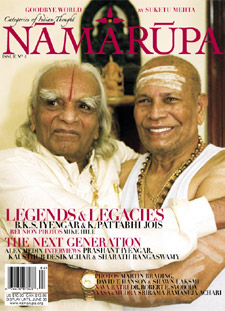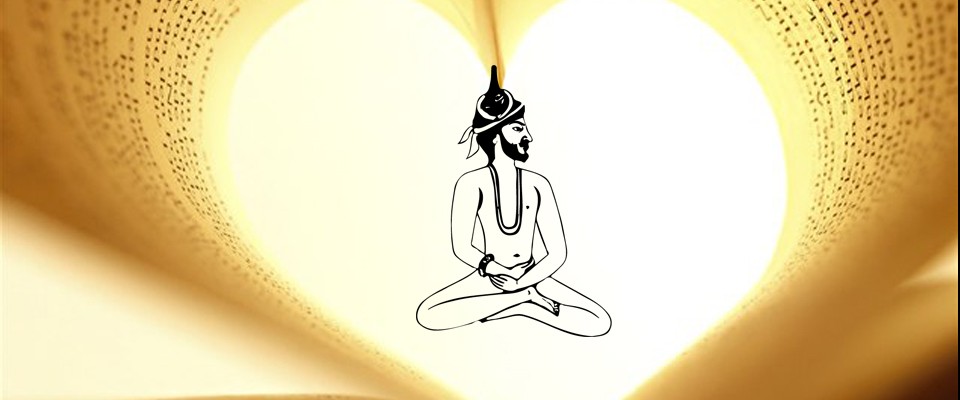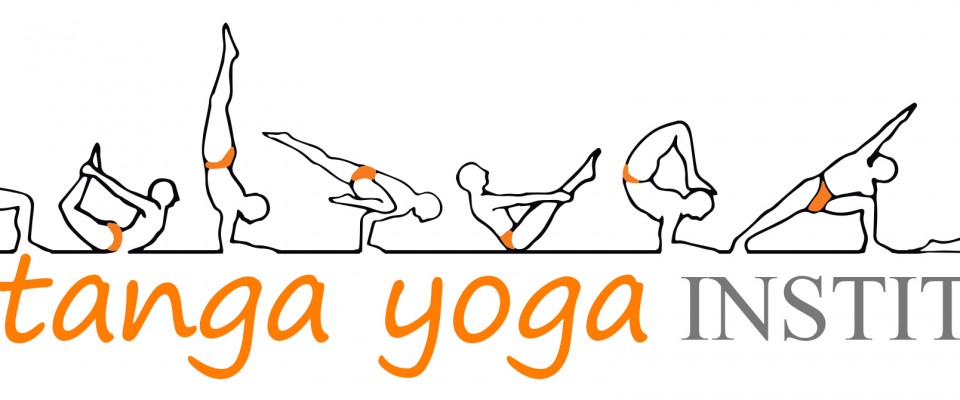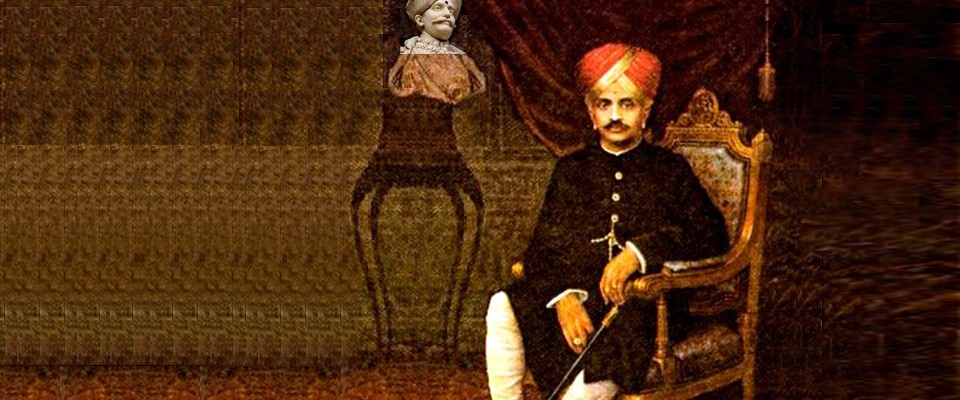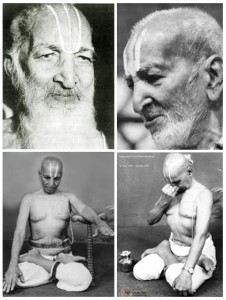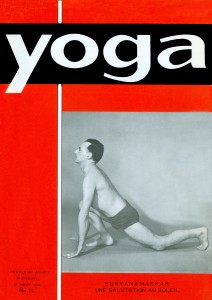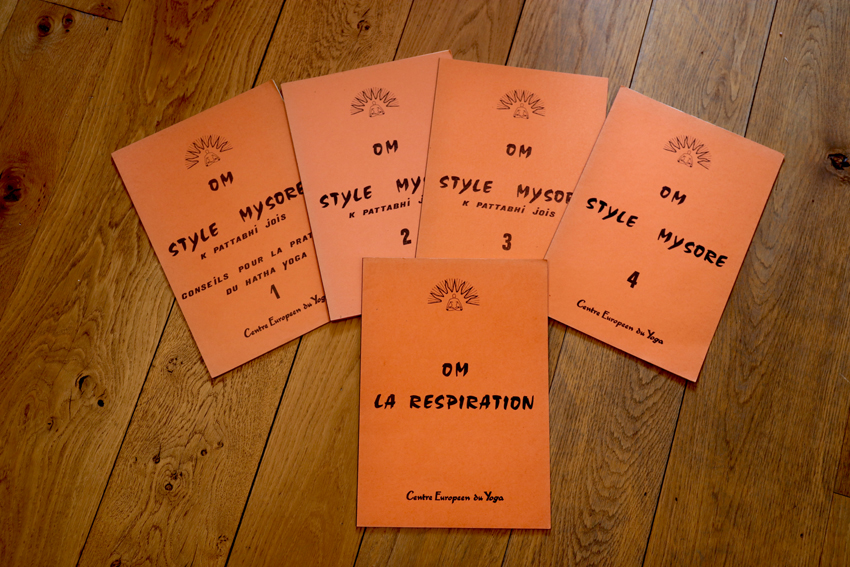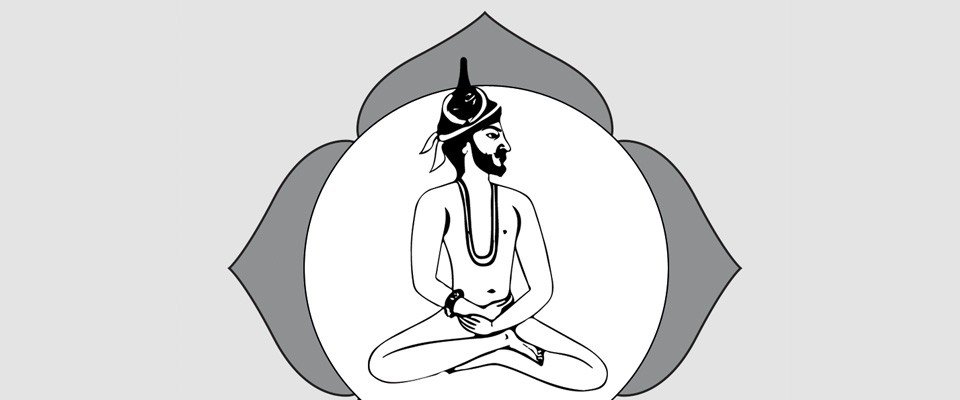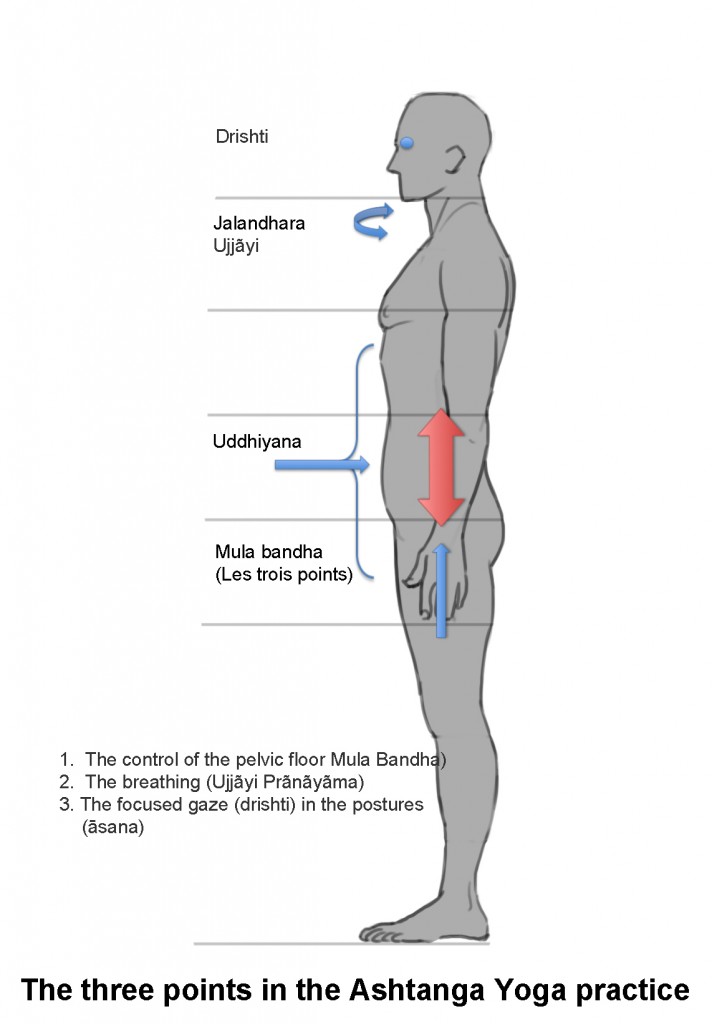There are now many books concerning the practice of traditional Yoga.
- Ashtanga Yoga (Yoga Korunta) that was taught by Shri K. Pattabhi Jois
- Shri T. Krisnamacharya
- K.S. Iyengar
Ashtanga Yoga
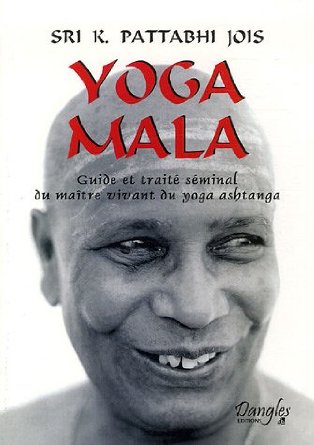
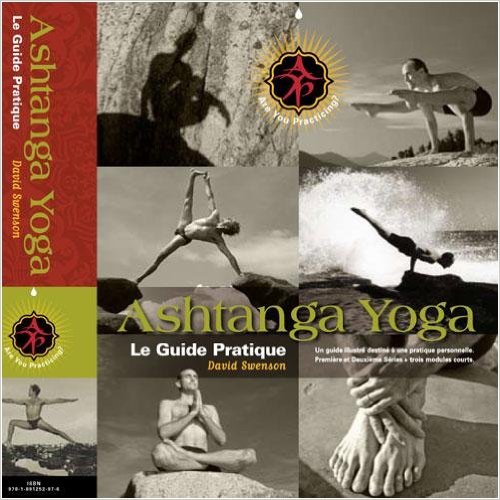
- Yoga Mala, by Shri K. Pattabhi Jois.
Translation in English of the work written in 1958 by Shri K. Pattabhi Jois in Kanada (the language of Karnataka). Explanations on the philosophy and discipline of yoga, breathing system and questions about the practice of yoga and the benefits of this practice.
- Guruji : A Portrait of Sri K. Pattabhi Jois Through the Eyes of His Students, by Eddie Stern & Guy Donahaye
It is a rare and remarkable soul who becomes legendary during the course of his life by virtue of great service to others. Sri K. Pattabhi Jois was such a soul, and through his teaching of yoga, he transformed the lives of countless people. The school in Mysore that he founded and ran for more than sixty years trained students who, through the knowledge they received and their devotion, have helped to spread the daily practice of traditional Ashtanga yoga to tens of thousands around the world…
Editeur : Farrar, Straus & Giroux Inc, Reprint (5 octobre 2012)
ISBN-10 : 0374532834
- Ashtanga Yoga, The Practice Manual, by David Swenson. Personnellement, c’est le livre que je préfère…
Editeur : Ashtanga Yoga Productions, Édition : 2 Spi (3 février 2007)
ISBN-10 : 1891252089
- Ashtanga Yoga : The Definitive Step-by-Step Guide to Dynamic Yoga, by de John C. Scott
John Scott’s Ashtanga Yoga draws on his expertise as a teacher of this most energetic form of yoga.
Editeur : Harmony (15 mai 2001)
ISBN-10 : 0609807862 - ASHTANGA YOGA, Practice and Philosophy by Gregor Maehle. An extensive explanation of the fundamental techniques of breath, bandhas and drishti is followed by a detailed and comprehensive study of each posture of the Primary Series,
Editeur : New World Library – 1 (31 août 2007)
ISBN-10: 1577316061
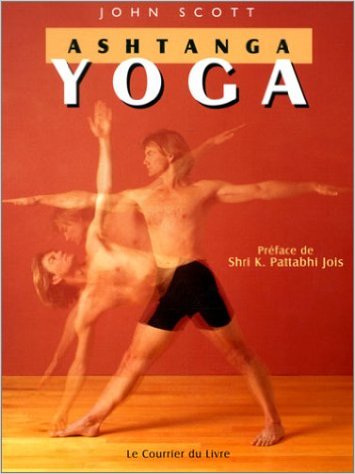
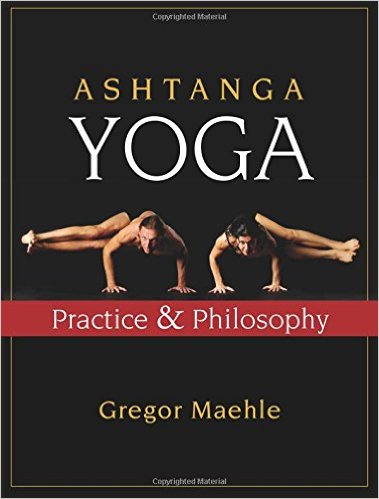
Shri T. Krisnamacharya
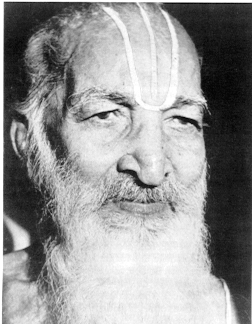
- Nathamuni’s Yoga Rahasya de Sri, presented by Sri T. Krishnamacharya and translated by K. V. Desikachar,
Editeur : Krishnamacharya Yoga Mandiram, july 1998
ISBN : 81-87847-18-2
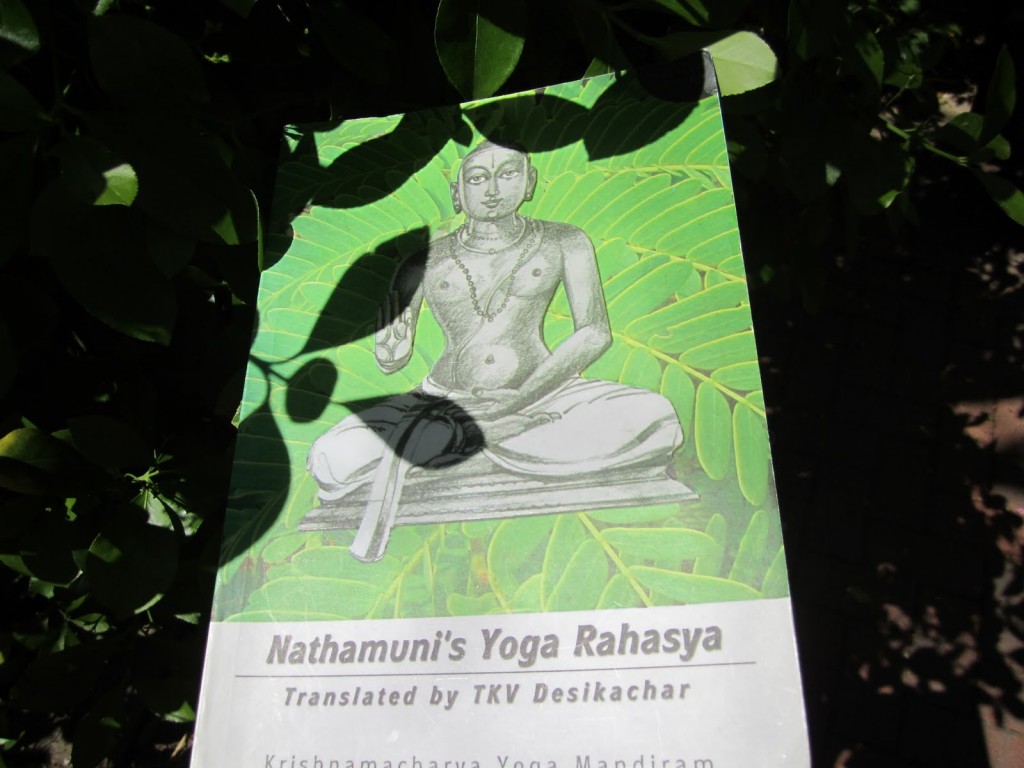
- Yoga Yajnavalkya, by G. Mohan & and Ganesh Mohan, The Yoga Yajnavalkya was considered by the great yogi Sri T. Krishnamacharya to be the most important and authentic classical text on yoga after the Yogasutras of Patanjali. Many other yoga texts, including the Hatha Yoga Pradipika and Gheranda Samhita have borrowed verses from this text. The Yoga Yajnavalkya takes the form of a conversation between the sage Yajnavalkya and his wife Gargi. The book is a well-structured presentation, following the eight limbs of yoga. An important feature of this text is the in-depth discussion of the kundalini and sound pranayama practices.
Publisher : Svastha Yoga, 2nd edition (July 5, 2013)
ISBN-10 : 9810716486
- The Heart of Yoga, by K. V. Desikachar.
Sri Tirumalai Krishnamacharya, who lived to be over 100 years old, was one of the greatest yogis of the modern era. Elements of Krishnamacharya’s teaching have become well known around the world through the work of B. K. S. Iyengar, Pattabhi Jois, and Indra Devi, who all studied with Krishnamacharya.
Editeur : Inner Traditions, 2nd Edition, Revised Edition (1 mars 1999).
ISBN-10 : 089281764X
- Krishnamacharya : His Life and Teachings, by G. Mohan & and Ganesh Mohan, In this book, the author, A. G. Mohan, a well-respected yoga teacher and yoga therapist, draws on his own memories and Krishnamacharya’s diaries and recorded material, to present a fascinating view of the man and his teachings, and Mohan’s own warm and inspiring relationship with the master. This portrait of the great teacher is a compelling and informative read for yoga teachers and students who truly want to understand the source of their tradition and practice.
Publisher : Shambhala, 1 edition (July 13, 2010)
ISBN-10 : 159030800X - The Yoga of the Yogi : The Legacy of T. Krishnamacharya, by Kausthub Desikachar.
The Yoga of the Yogi This deeply personal biographical tribute by Krishnamacharya’s grandson includes photographs, archival materials, and family recollections that have never been published elsewhere, as well as unique insights into the “master of masters” by some of his most famous students-Indra Devi, Sri K. Pattabhi Jois, B.K.S. Iyengar, and T.K.V. Desikachar.
Editeur : North Point Press, Original (13 septembre 2011)
ISBN-10: 0865477531
B.K.S Iyengar
And of course all the works of Shri B.K.S. Iyengar
Official Website : www.bksiyengar.com
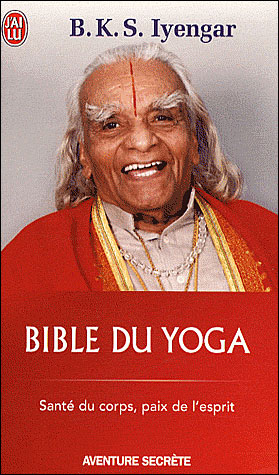
- Light on Yoga : Yoga Dipika, by Yogacharya B.K.S. Iyengar
The definitive guide to the philosophy and practice of Yoga–the ancient healing discipline for body and mind–by its greatest living teacher. Light on Yoga provides complete descriptions and illustrations of all the positions and breathing exercises. Features a foreword by Yehudi Menuhin.
Publisher : Schocken; Revised edition (1979)
ISBN-10 : 0805210318
- Light on Prãnãyãma : The Yogic Art of Breathing, by Yogacharya B.K.S. Iyengar
n this classic yoga best-seller a world-renowned yoga master shares the techniques of breathing together with a comprehensive background of yoga philosophy.
Publisher : The Crossroad Publishing Company (June 1, 1985)
ISBN-10: 0824506863
- Light on Yoga Sutras of Patanjali, by Yogacharya B.K.S. Iyengar,
BKS Iyengar’s translation and commentary on these ancient yoga sutras has been described as the “bible” of yoga.
Publisher : Thorsons, New edition edition (October 21, 2002)
ISBN-10 : 0007145160
- The Tree of Yoga (Shambhala Classics), by B.K.S. Iyengar
Iyengar developed a form of yoga that focuses on developing strength, endurance, correct body alignment, as well as flexibility and relaxation. The Iyengar method integrates philosophy, spirituality, and the practice of yoga into everyday living. In The Tree of Yoga, Iyengar offers his thoughts on many practical and philosophical subjects including family life, love and sexuality, health and the healing arts, meditation, death, and Patañjali’s Yoga Sutras.
Publisher : Shambhala (March 26, 2002)
ISBN-10 : 1570629013 - Light on Life : The Yoga Journey to Wholeness, Inner Peace, and Ultimate Freedom, by Yogacharya B.K.S. Iyengar
K.S. Iyengar―hailed as “the Michelangelo of yoga” (BBC) and considered by many to be the most important living yoga master―has spent much of his life introducing the modern world to the ancient practice of yoga. Yoga’s popularity is soaring, but its widespread acceptance as an exercise for physical fitness and the recognition of its health benefits have not been matched by an understanding of the emotional, intellectual, and spiritual development that the yogic tradition can also offer.
Publisher : Rodale Books, Reprint edition (September 19, 2006)
ISBN-10: 1594865248
- ETC.
